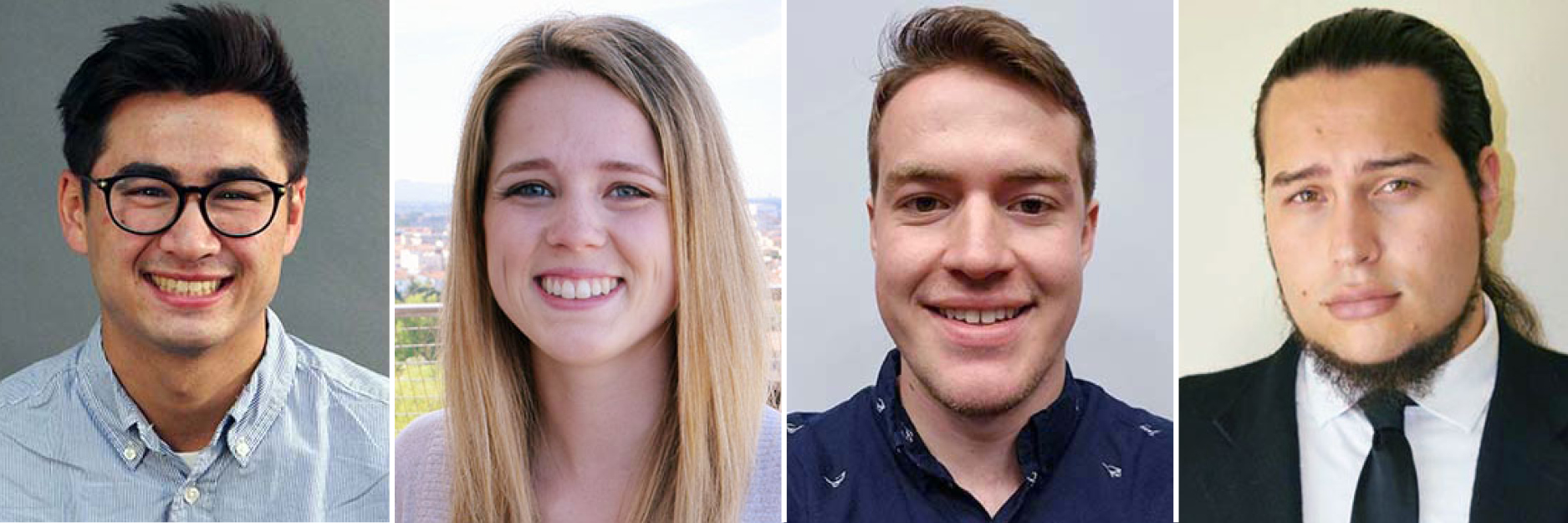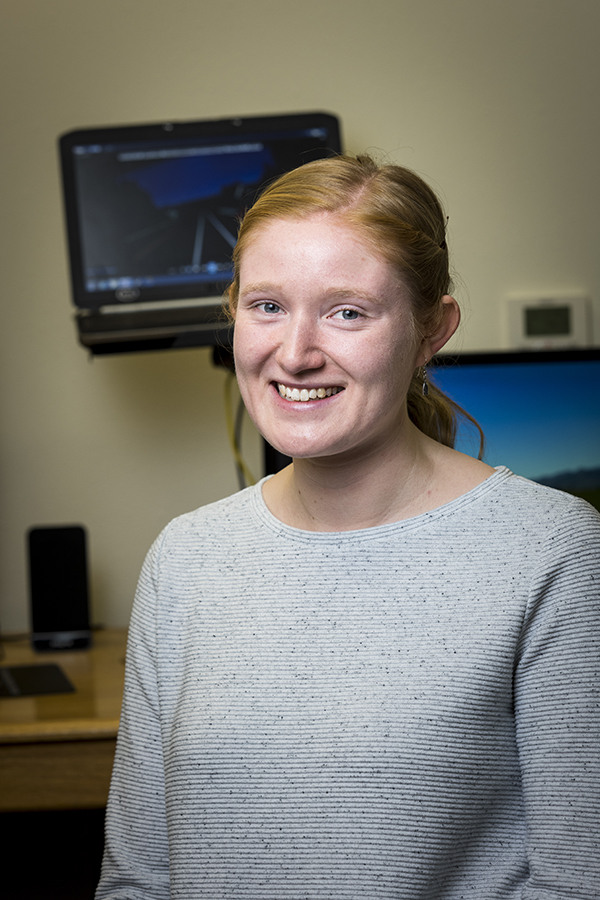Nearly 1,500 people attended this year’s College of Engineering Virtual Expo, and there was no shortage of things for them to do during this daylong event: learning about more than 170 student design projects, hearing from the first Latina in space about her life and career, learning about becoming an Oregon State Engineering student, and much more.
Each spring, College of Engineering seniors showcase their design projects at the Engineering Expo to fellow students, faculty, industry representatives, members of the Oregon State community, and the public, including high school students interested in engineering. Projects cover a broad range of areas, including artificial intelligence, clean water, health, natural disaster preparedness, robotics, sustainable energy, and virtual reality.
In addition to perusing student projects, Expo attendees were invited to a keynote address by Ellen Ochoa, astronaut, former Johnson Space Center director, and first Latina in space.
Visitors also voted for their favorite projects. Below are the first and second place winners of the People’s Choice Award, selected by the general public, and the Industry Choice Award, chosen by professional engineers.
Winner of the People’s Choice First Place Award
The Hybrid Rocket Team is a platform for development of new ideas in high-powered rocketry. Its current members have been working together since 2018 to develop the manufacturing, testing, and launch infrastructure for the team’s largest rocket yet. The focus of this year’s Expo project was developing and improving rocket recovery assemblies. The recovery development team (Kevin Daellenbach, Jordan Johnson, and Bergen Anderson) developed a reusable pneumatic deployment system that is safer and more reliable than previous designs. The use of pressurized carbon dioxide canisters allows multiple mechanical and electrical safety mechanisms to prevent an unexpected firing. Additionally, the components can be tested multiple times on the day of launch to ensure their resilience. Future design iterations will focus on reducing weight and size.
Winner of the People’s Choice Second Place Award
A team of bioengineering students (Kyra Kadhim, Annabel Martin Varnum, Rachel Polaski, and Rachel O’Brien) designed a device to provide researchers with a noninvasive, semicontinuous method of determining stress levels in animals (mice, specifically) by measuring cortisol levels. Cortisol, a hormone correlated directly with stress, can be measured in the fluid in and around cells known as interstitial fluid, or ISF. The team’s device attaches to the back of a mouse’s neck using an adhesive patch with an array of microneedles. The ISF flows in small channels through the device to a detection region, where an electrochemical reaction measures the amount of cortisol in the ISF and outputs a concentration. The device takes measurements over short intervals and tracks changes in concentration to establish a baseline and help researchers identify causes of stress. As proof of concept, the team created a 3D-printed model of the device, as well as mathematical and physical models of the microneedle puncture force and microfluidic flow patterns of ISF within the device.
Winner of the Industry Choice First Place Award
Intel sponsored a team of computer science students (Sowmya Jujjuri, Evan Medinger, Joelle Perez, and Xindi Guo) to create virtual video studio software based on the Unreal Engine, a powerful game engine used throughout the gaming, film, and television industries. The goal of the software is to make it easier and less expensive for people to shoot professional-grade videos.
Winner of the Industry Choice Second Place Award
Beaver Racing, Oregon State’s Baja SAE team, designed, built, and tested an all-weather, single-seat, off-road sporting vehicle that can survive the severe punishment of rough terrain. The vehicle is meant to be a prototype of a reliable, maintainable, ergonomic, and economic recreational vehicle. This year’s team (led by Tanner Asher, Sheldon Lim, Nathaniel Garcia, Dominic Mikalson, and Allyson Stansell) included 22 senior capstone projects and resulted in Oregon State’s first ever four-wheel-drive Baja car, which placed third at a competition in Arizona. The team also finished first in maneuverability, and third in endurance.
The 170 student projects are available to view at the Engineering Virtual Expo website. For more information, please email engineering.events@oregonstate.edu.




